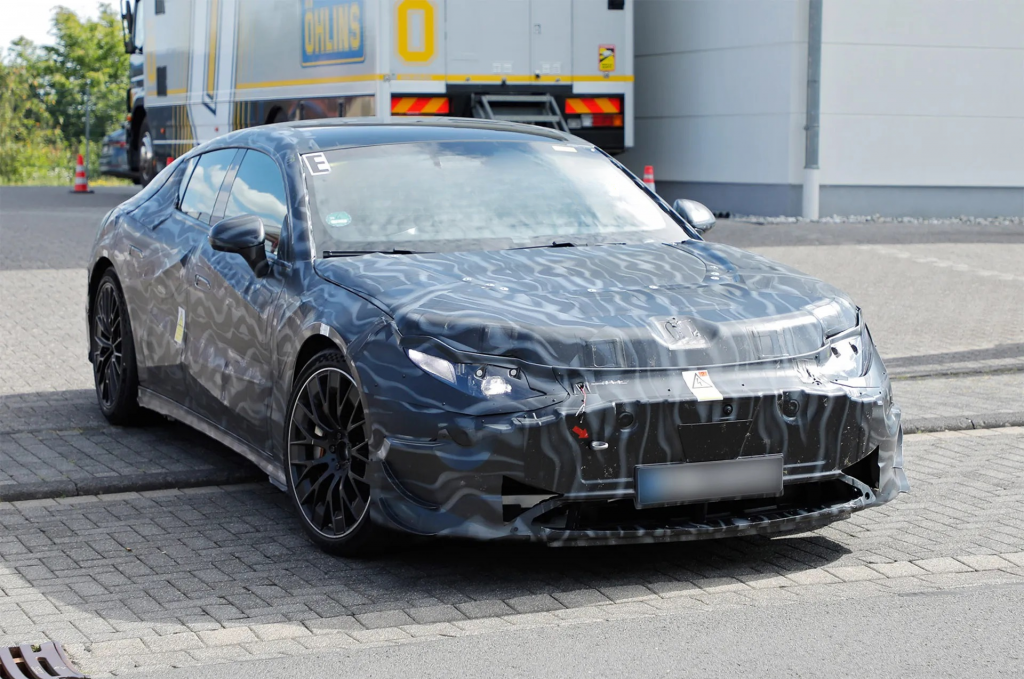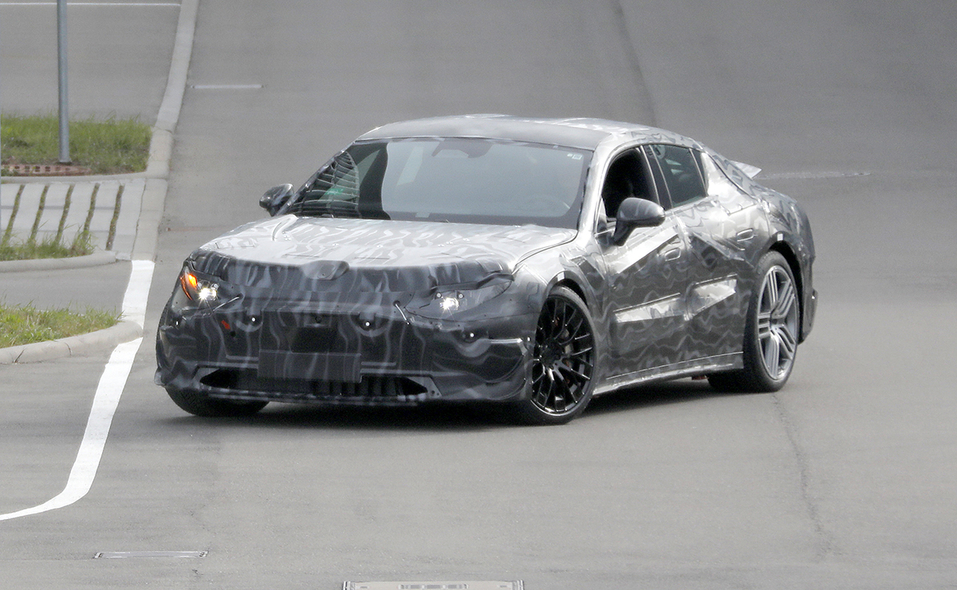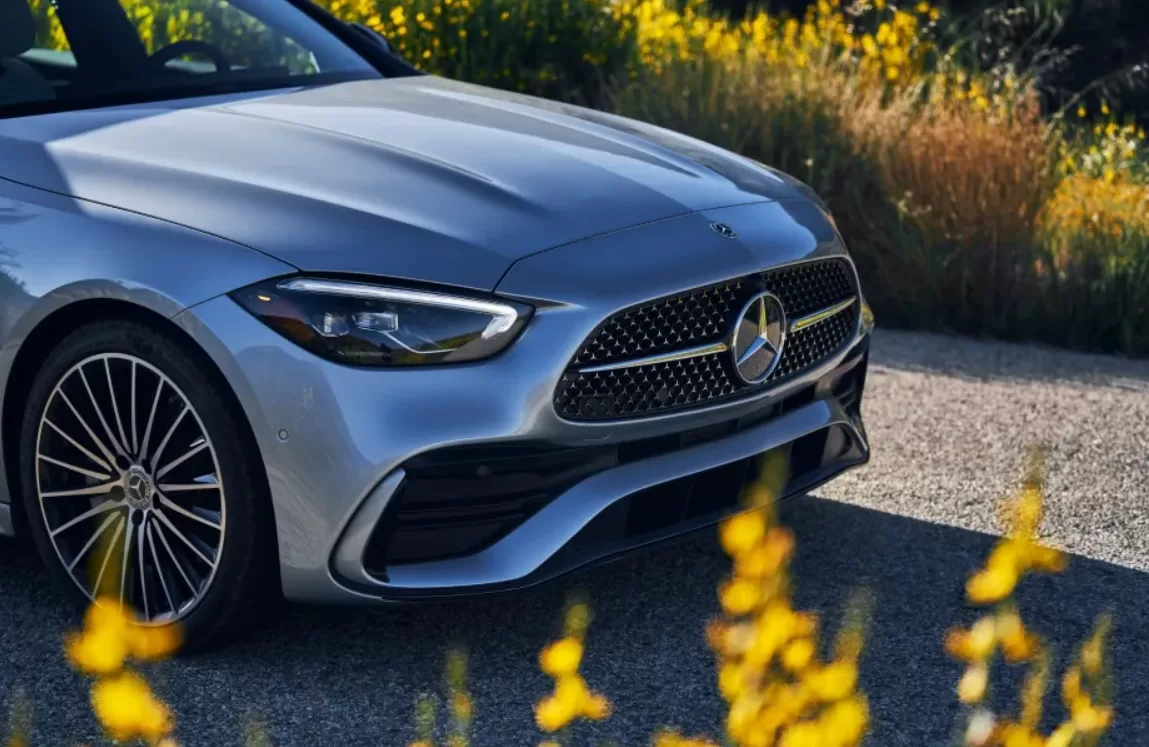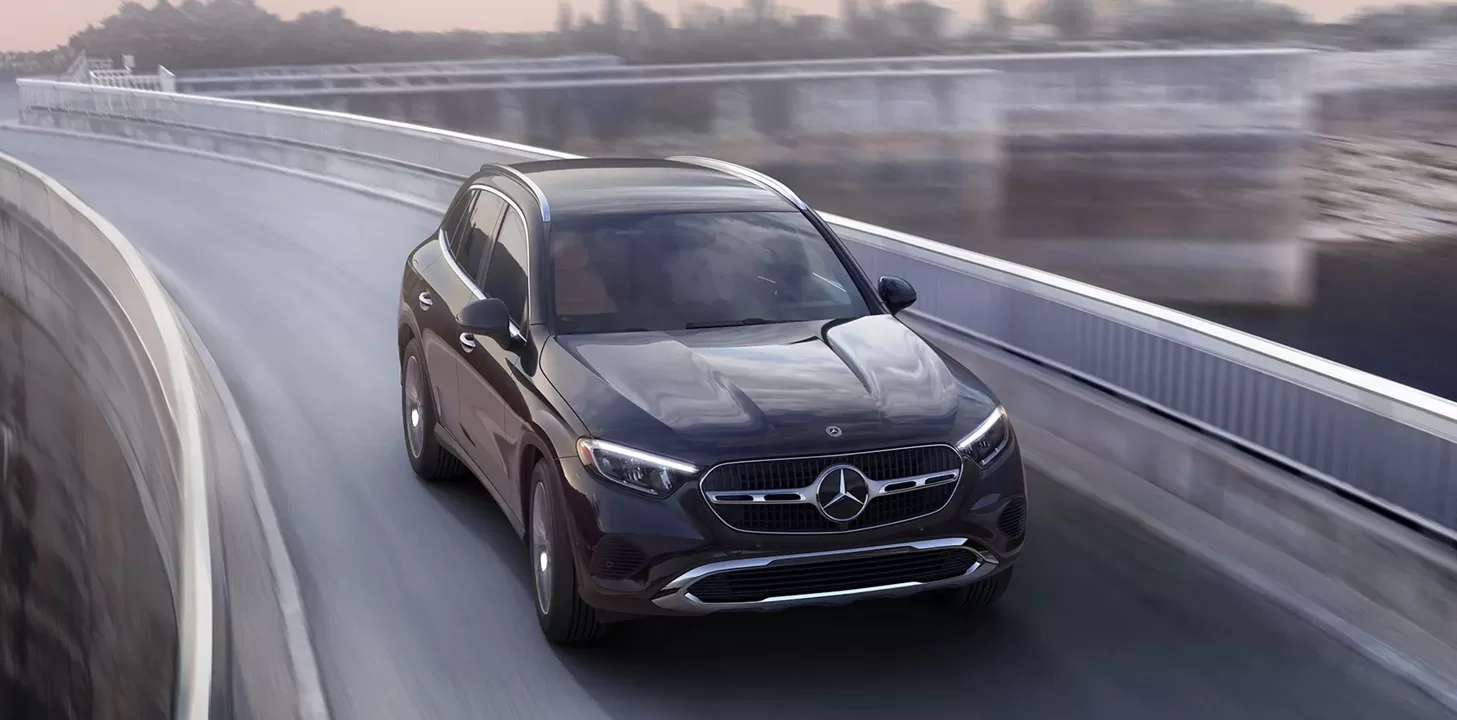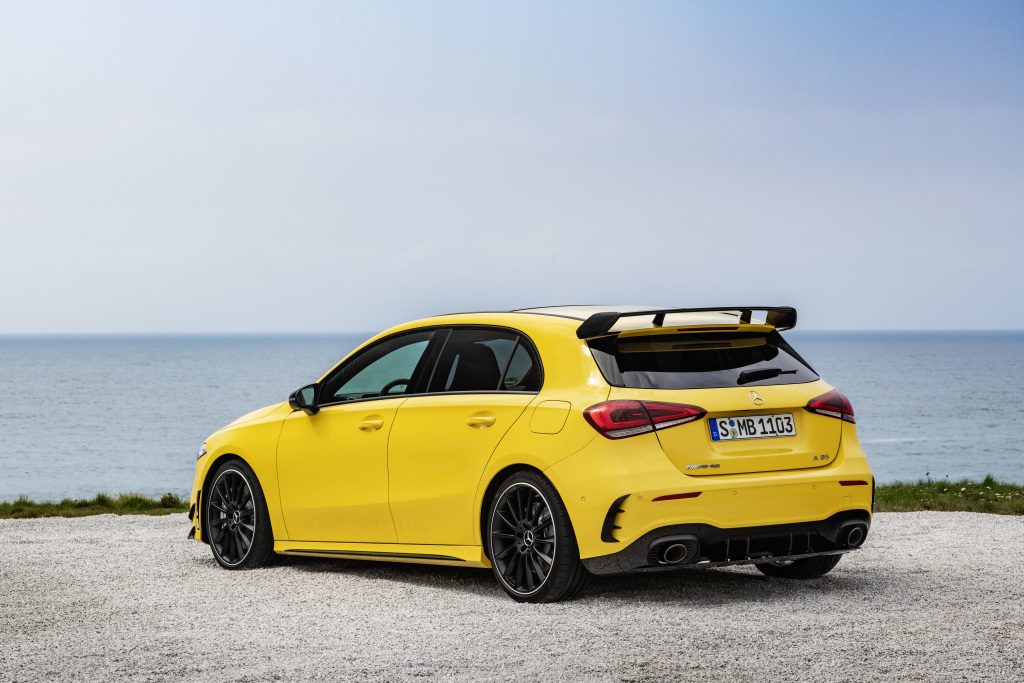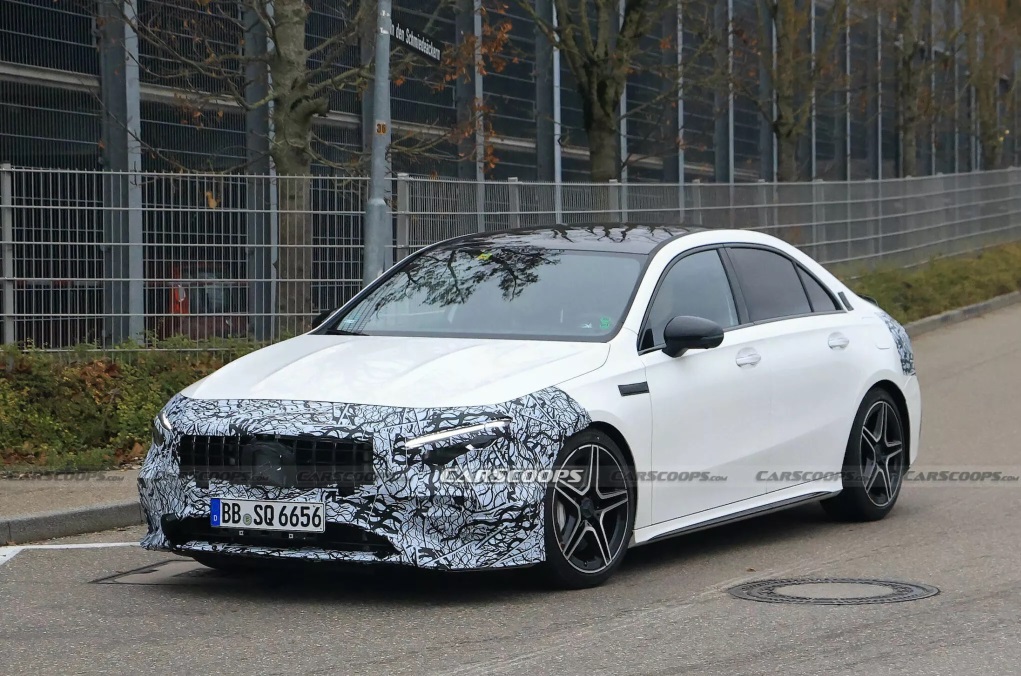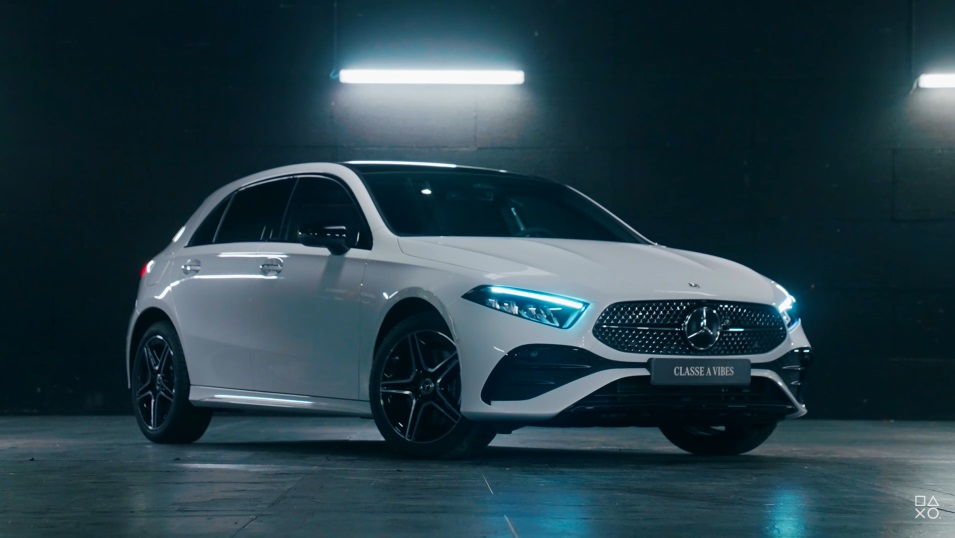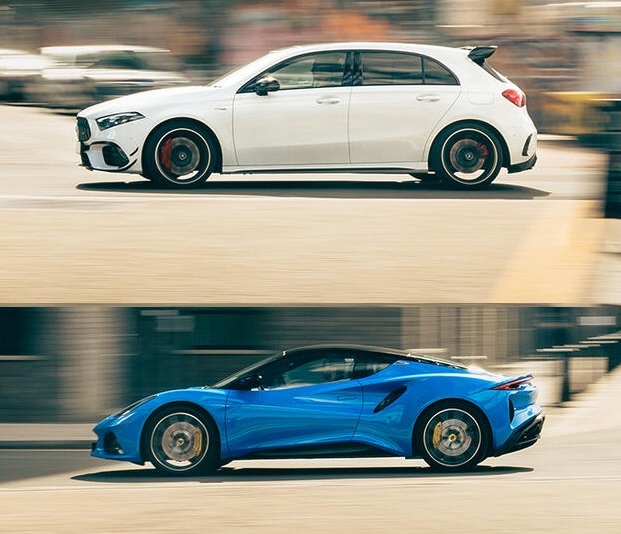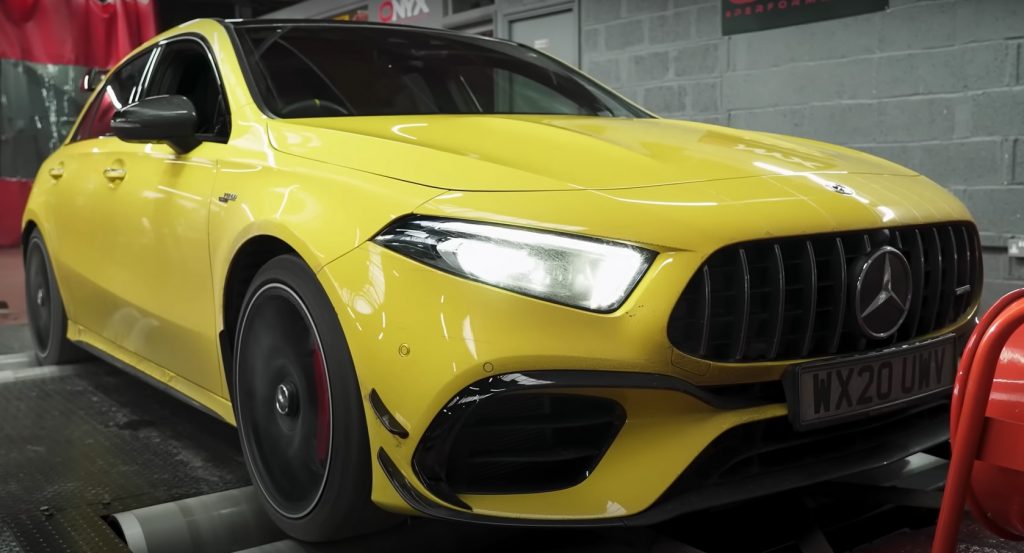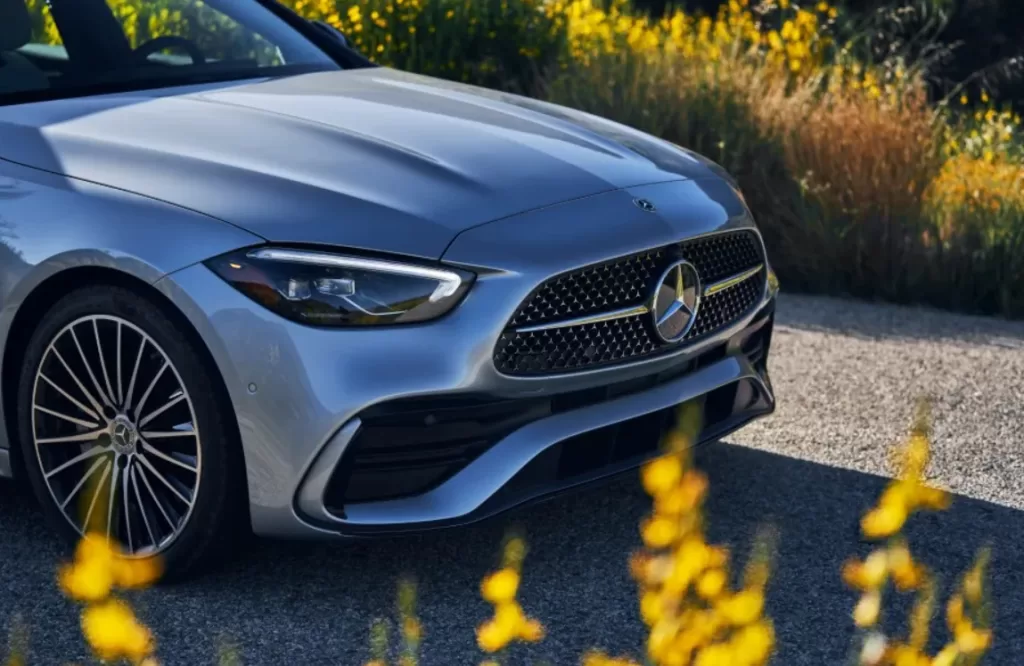The smart fortwo is one of the most economical cars on the world’s roads today. And it is very ecological as an ultra low emission vehicle (ULEV). A state-of-the-art compact three-cylinder gasoline engine sits at the rear of the new smart fortwo. The engine capacity is 61 cubic inches, the output is 52 kW (70 hp).
The gasoline engine achieves an average of 40/45 miles to the gallon (city/highway) under 2007 provisions (EPA 2007). Beginning in 2008 the EPA will recalculate gas milage across the industry. The smart fortwo will achieve an average of 33/40 miles to the gallon (city/highway) according to 2008 regulations (EPA 2008).
The smart fortwo is also classified as an Ultra Low Emission Vehicle (ULEV) on account of its extremely low exhaust emissions. The catalytic converter is positioned close to the engine for a quick response. An electric pump blows fresh air into the exhaust port when the engine is cold to almost completely oxidize the carbon monoxide (CO) and hydrocarbons (HC) and render them harmless.
Low emissions, low consumption
To ensure adherence to the low emission and consumption values, even with different fuel qualities, the US versions have a lower compression ratio (10.0:1 instead of 11.4:1). This measure enables the engine to run closer to optimum combustion under a high load, resulting in low emissions and low consumption coupled with maximum driving fun.
The sandwich tank made of multi-layer plastic (high density polyethylene) minimizes the fuel vapors escaping into the atmosphere. Emissions are below 0.5 grams of HC per day. The tank module has an active charcoal filter that returns fuel vapors to the tank.
The engine is mounted transversally in front of the rear axle, and is slanted at an angle of 45 degrees towards the rear. Gas exchange is controlled by four valves per combustion chamber. The variable spread angle of the camshafts is controlled electronically for better torque at low revolutions. The camshafts are driven via a maintenance-free chain.
Because the masses being moved are low, there is no need for a balancer shaft which would reduce the output of the engine and consumption efficiency.
Change gears without the need to press a clutch-pedal
The smart fortwo is fitted with an automated five-speed manual transmission as a standard feature. There is no need for a clutch pedal what sets the smart fortwo apart from other small cars. This is because the smart fortwo is desinged for metropolitan areas with stop-and-go-traffic and other characteristics of urban driving making this transmission ideal for a city environment.
Changing the gears does not longer than a conventional manual transmission. Even shift delays (interruptions in tractive power) are on the same level as with a manual gearbox. Nevertheless, the smart fortwo is even more convenient: Instead of stepping on a clutch pedal, one simply can change gears with the shift lever.
The gear shifter
The gear shifter in the smart fortwo reflects a standard American selector lever with Park, Reverse, Neutral and Drive (PRND) clearly marked. In addition, from drive mode the gear lever can be moved into a second driving option that allows gears to be changed manually. The gear lever is moved forward to shift up or backward to shift down. The passion coupe and cabriolet models also come equipped with steering wheel mounted paddle shifters that allow for gears to be changed while keeping both hands on the steering wheel.
The automated manual transmission of the U.S. version of the smart fortwo is specially configured for use in the United States. First gear has a somewhat shorter ratio than the European versions to enable the smart fortwo to better demonstrate its spirited nature when pulling away at traffic lights. By contrast, fifth gear has a longer ratio for low revs and a low noise level when cruising.
Like an automatic transmission with a torque converter, the smart fortwo will also creep slowly when the driver removes his or her foot from the brake pedal in reverse or drive. This function facilitates parking or driving in stop-and-go traffic. In creep mode the car moves along at walking speed and can take uphill gradients of a five percent maximum. Creep mode is stopped as soon as the handbrake is engaged.
To improve comfort , the transmission has a kickdown function. This allows the driver to use the accelerator pedal to immediately shift down one or two gears at once, in both manual and automatic mode. In addition incorrect gear changing and over-revving are impossible in either mode because the electronics will only accept logical gear changes.
The parking lock (a standard feature) can only be released when the driver steps on the brake and presses the release button on the front of the selector lever. To ensure that the smart fortwo cannot roll away unintentionally, the ignition key can only be removed in transmission position “Park”.
To facilitate moving off on an uphill slope, the smart fortwo features Hill Start Assist (HSA). When the driver releases the brake pedal when the vehicle is stationary, HSA keeps the wheels braked for a short time. This gives the driver sufficient time to move his or her foot from the brake to the accelerator without the smart fortwo rolling backward. The brake is released as soon as the driver accelerates. HSA makes it easy to drive uphill without the assistance of the handbrake, even on steep slopes.
Environmentally-friendly production
The smart fortwo is produced at “smartville” in Hambach, France. System partners on site deliver the prefabricated modules directly to the production line.
Environmental protection is a high priority in Hambach. For example, only water-soluble paints are used for the smart’s three basic colors – black, white and yellow. Painting the tridion safety cell is done by the powder-coating process. This removes the need for solvents. The body panels with molded-in color, are fully recyclable.
Parts of the underbody and the inner wheelhouses are produced entirely from recyclates. In addition the instrument panel is made partly from the renewable raw material flax.
Protection of the environment is an integral part of all the company’s fields of activity. This does not only apply to the production facility in Hambach, France – it also applies to the smart fortwo itself, from the development and production of the vehicle to its operational period and later recycling.
For this reason, in October 2006, the German à–ko-Trend institute for environmental research certified the smart fortwo as offering a high degree of environment friendliness. In addition to fuel consumption and noise and pollutant emissions, ecological criteria from production, procurement, logistics and recycling to environmental management were all also included in the assessment.




